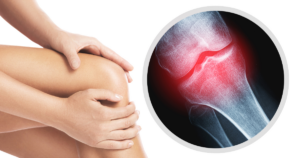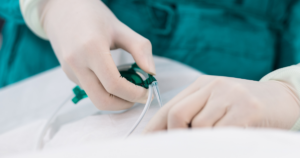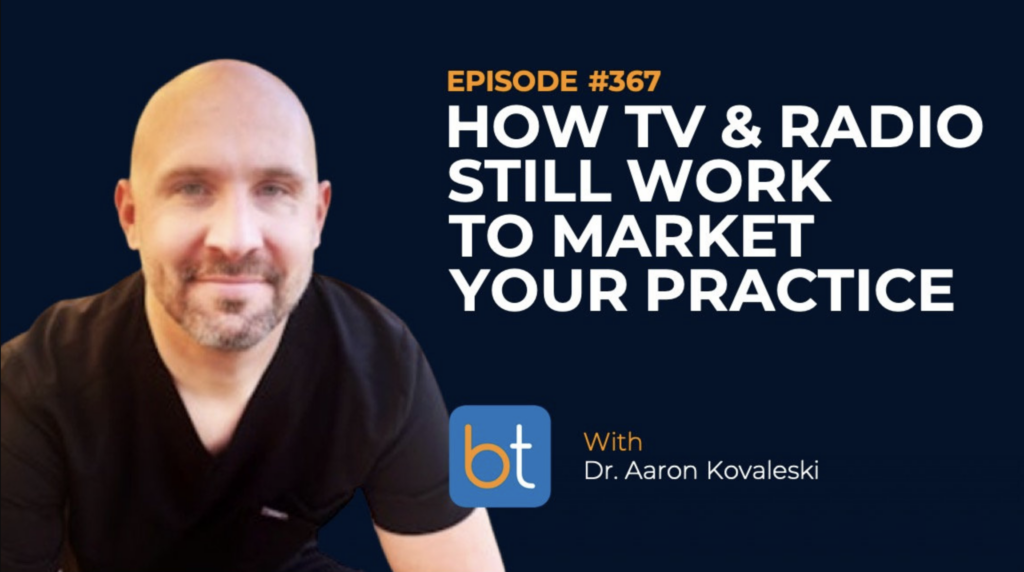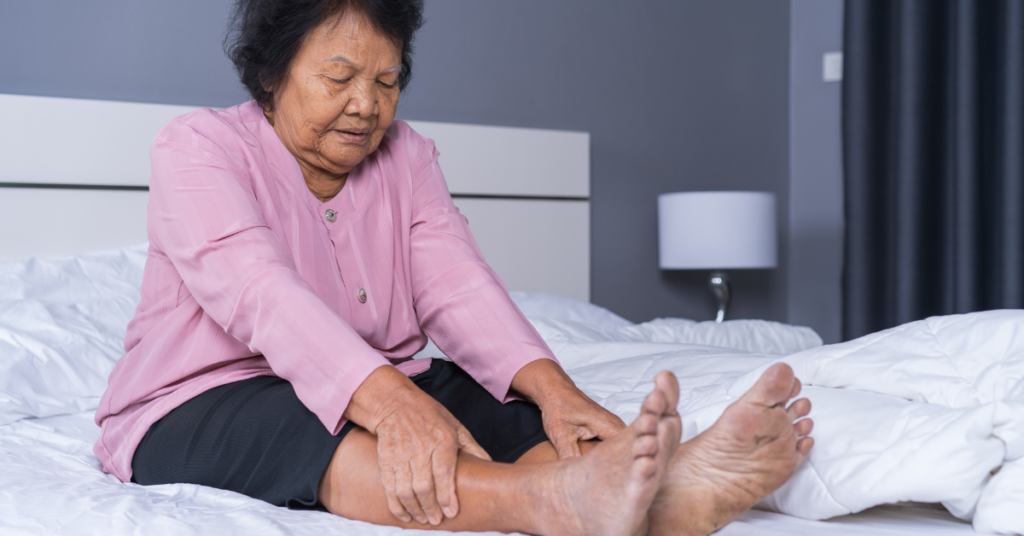Approximately 30 million Americans currently suffer from knee pain due to osteoarthritis.
And as those who have experienced the constant pain of this condition will attest, it can severely impact daily life and limit mobility. However, there is hope for those looking to alleviate their chronic knee pain.
In this blog post, we’ll be discussing genicular artery embolization (GAE) and how it can help to reduce knee pain caused by osteoarthritis. We’ll also explain how the procedure works, answer your most frequently asked questions, and provide insight into long-term effects and recovery.
But before we do, let’s take a closer look at osteoarthritis – what is it exactly, and why is it so painful?
Why Is Osteoarthritis So Painful?
Osteoarthritis (also known as degenerative joint disease) is a degenerative condition caused by the breakdown of cartilage in the joints. This usually happens due to increased blood supply. When the cartilage wears down, the bones in the joint are forced to rub against each other, causing extreme discomfort and pain.

The pain associated with osteoarthritis is often described as a dull, aching pain that can be worsened by certain movements or even just sitting for too long. The pain can also be accompanied by stiffness, swelling, and a cracking sound when the joint is moved. All of these symptoms are a result of the increased blood supply present in the affected joint.
So, how exactly does increased blood supply cause osteoarthritis pain?
Osteoarthritis and Inflammation
Essentially, when the cartilage in the joint begins to break down, the body responds by increasing blood flow to the area in an attempt to repair the damage. While this may sound like a good thing, the increased blood flow can actually make the pain worse.
This is because the blood contains inflammatory cells, which can further damage the already weakened cartilage and surrounding tissues.
The pain associated with osteoarthritis can be truly debilitating, making it difficult to perform even simple everyday tasks. However, there are a number of treatments available that can help manage the pain and improve mobility – Genicular Artery Embolization is one great option.
What is Genicular Artery Embolization?
Genicular Artery Embolization (GAE) is a non-surgical procedure designed to block blood flow to parts of the knee that are inflamed from osteoarthritis.

By blocking the blood flow, inflammation related to osteoarthritis is reduced, and 90% of patients demonstrate improvement in their knee pain
The procedure requires a very small incision so that a catheter can be maneuvered into the femoral artery in the thigh. This catheter is then guided to the genicular artery using fluoroscopic guidance, which provides real-time imaging.
Once in place, small particles called “microspheres” are injected through the catheter and into the genicular artery, where they block the blood supply to the knee joint.
Procedure Expectations and Recovery
For maximum patient comfort, moderate sedation is used during this short procedure, which typically takes about ninety minutes. Once fully recovered, patients can expect to go home the same day as their procedure.
Genicular Artery Embolization can provide pain relief for several years and can be repeated if necessary. Though still a relatively new procedure and not yet widely available, it has been approved by the FDA and is gaining popularity among patients who want a less invasive option for treating knee pain.
FAQs About Genicular Artery Embolization
“Is embolization safe?”
At ECCO Medical, we have successfully used embolization to treat everything from liver cancer to uterine fibroids. Patients who qualify for this innovative procedure can take heart in knowing that embolization is one of the quickest, safest, most cost-effective ways to get the treatment they need.
“What are the benefits of an interventional radiology procedure?”
While the exact details of a procedure depend on the type of condition being addressed, some common benefits across all types of treatments include:
- Less pain than traditional surgery
- Lower risk for anesthesia complications
- Shorter hospital stays with less recovery time needed at home
- Minimal scarring compared to other treatment options
- Fewer side effects
- More cost-effective than major open surgery since there is no need for large incisions or multiple overnight hospital stays
“What are the most common causes of knee pain?”
Knee pain can come from many sources, including incorrect form during exercise, trauma to the knee, and osteoarthritis (OA). We specialize in the treatment of knee pain related to osteoarthritis.
“Does osteoarthritis pain worsen over time?”
Osteoarthritis is a degenerative condition, meaning that it will worsen over time – without intervention, of course.
Fortunately, there are treatment options available to reduce pain and improve quality of life for those with osteoarthritis. Medications like Ibuprofen or other NSAIDs, physical therapy, and steroid injections can provide temporary relief, while a non-surgical procedure (like GAE) can be utilized for long-term alleviation.
If you or a loved one is experiencing osteoarthritis pain, don’t hesitate to schedule your consultation today! Let’s work together towards getting you the relief you deserve.




